Moving the future!
Since 1999:
Homes supplied
- 3,273,419.04Tons of CO₂ saved
For a joint future!
Employees
We support our employees in expanding their knowledge through regular training, studies or seminars.
Nature
Every year, we donate numerous trees and support regional projects for the preservation of nature.
Electric cars
Nearly every company vehicle and every newly purchased one runs on electric power & employees are supported with subsidies for train and bicycle travel.
Education
You want to shape the future?
We support young people through scholarships and enable them to find a way into the future.
Your questions
Wind energy as part of the energy turnaround it is considered one of the primary pillars to achieve the climate goals of the parisian agreement. Clean energy is generated by wind (CO2-neutral) and delivered to the public.
Apart from the already mentioned point, wind park projects support local communities through business taxes and compensatory measures are coordinated and implemented with the environmental authority. In addition, local residents benefit from increasing infrastructural measures, such as new access roads.
Actually not – we supply electricity to the local grid for about 0.07 euros per kilowatt hour – an average electricity price costs 0.33 euros per kilowatt hour.
Wind energy is now so cheap that coal and nuclear power plants, despite the politically agreed phase-out, can no longer be operated competitively with wind energy.
As soon as the authorities have announced areas suitable for wind parks, we examine the site with comprehensive expert reports. The adverse effects on the agricultural landscape, soil, animals and plants are assessed and in coordination with the environmental authority, compensatory and replacement measures are planned and then implemented. The protection of nature has the highest priority in every wind park project!
Before a wind turbine is built, the strict regulations on noise emission, e.g. “Technical Instructions for Protection against Noise “, must be complied.
A wind turbine has a sound level of about 100 dB when you stand directly in front of it. Sound reduction plays a central role in the design of our turbines, for example through sound-optimised rotor blades, sound-insulated nacelle interiors or sound-reduced modes of operation.
The noise limit, e.g. in a residential area, is 35 dB. The incoming noise – from the wind turbines several hundred metres away – in a residential area is hardly perceptible acoustically and is masked by ambient noise such as trees, rain and snowfall.
The danger for birds and flying objects in general is constant and does not change with the height of the wind turbine. In cooperation with nature conservation and the environmental authority, the projects are meticulously examined and assessed by an expert. The protection of nature has the highest priority in every wind park project.
In principle, a wind turbine is dismantled in the reverse order to its assembly.
A large proportion of the components can already be recycled and transferred to the recovery chain. This applies in particular to tower components and parts such as bearings, fillers, gearboxes and generators. Plant foundations are also broken up and separated into their steel and concrete components. Concrete can be recycled for new crane parking areas and access roads as part of Repower projects at the site.
The disposal or recycling of rotor blades is the biggest challenge nowadays. Due to their low heating value and their components, rotor blades are difficult to incinerate. Nevertheless, there are various approaches to dealing with old rotor blades. On the one hand, blades are shredded, the shredded GRP is mixed with paper and sent to the cement industry. Other processes are already being considered in the MV wind energy cluster. For example, there are considerations in the area of recycling, in which rotor blades are broken down into their raw materials (very energy-intensive). But other possibilities such as “upcycling” also provide ideas for producing furniture, roofing or building materials from old rotor blades.
A wind turbine is considered as an air traffic obstruction. Each wind turbine must be equipped with an aviation light if it has a total height of 100m or more. In order to increase acceptance among the population, the blinking of wind turbines at night is to be reduced to a minimum through the implementation of demand-controlled night signalling.
A large part of the value chain of our wind turbines is located in Germany. As a result, we create numerous jobs e.g at our suppliers, transport companies, steel producers, management companies and many more.
In whole German wind industry there are around 135,000 job.

